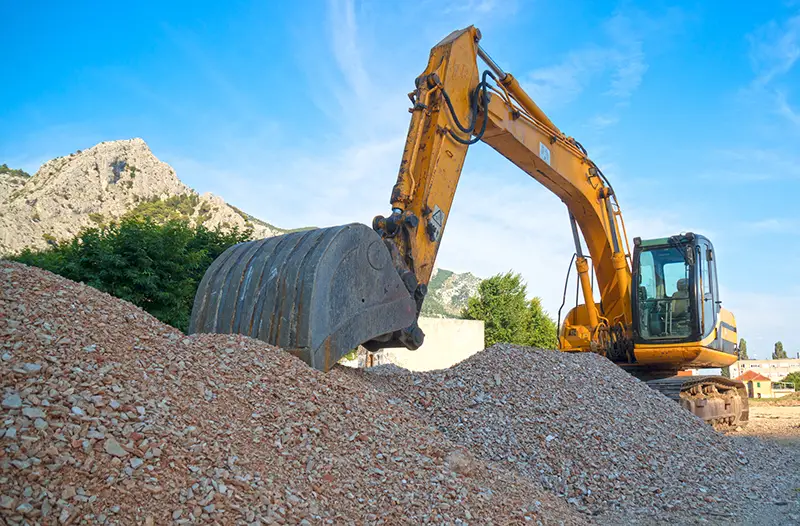Click here to get this post in PDF
As you know that the bigger the aggregate size you use the greater will be the strength of the concrete. So if you are thinking of increasing the aggregate in the concrete, you can, but there is a limit. Beyond that limit, you will find that the compressive strength of the concrete decreases as we increase the aggregate size.
So, here we will discuss the effect of maximum aggregate size on concrete and provide some interesting facts. Keep reading to find out.
What is aggregate?
Aggregates are the materials that you mix while making concrete. These materials include sand, gravel, crushed stone, water and Portland cement. These are essential ingredients of concrete. You can contact aggregate supplier in Essex for getting the best aggregate concrete mix ratio.
Aggregates need to be clean, hard and strong particles, free from any chemicals, for a good concrete mix. In addition, there should not be any clay or other materials that could deteriorate the concrete. Aggregates are around 60 to 70 per cent of total concrete. They are divided into two parts fine aggregate and coarse aggregate.
Fine aggregate generally consists of natural sand and crushed stone. Most of the particles can pass through a 3/8-inch sieve.
Coarse aggregates are generally those particles that are greater than 0.19 inch. They generally range between 3/8 and 1.5 inches in diameter. Gravels are the primary ingredient of coarse ingredient used in concrete. It can also have crushed stone as secondary material.
What is an interfacial transition zone?
Whenever you try to use the maximum sizes of bigger aggregates, it always results in a larger interfacial transition zone. The interfacial transition zone is simply the weakest zone of the binder which is surrounded by the aggregate; thus, it is more susceptible to cracks. The interfacial transition zone is the zone where the percentage of crack occurrence is very high. Even internal bleeding can happen.
The effect of the coarse aggregates on the compressive strength of concrete:
The larger the aggregate size, the better the slump (workability) of fresh concrete with a constant cement water ratio.
The concrete compressive strength increases with size of coarse aggregate. Coarse aggregate sizes 13.2 mm, 19 mm, 25 mm and 37.5 mm give average compressive strengths of 21.26 N/mm2, 23.41N/mm2, 23.66 N/mm2 and 24.31 N/mm2 respectively.
The flexural strength of a concrete beam decreases as the size of the coarse aggregate increases. The concrete compressive strength is inversely proportional to the flexural strength. The effect of the size of the aggregate on concrete:
When you increase the size of the coarse aggregate the comprehensive stress decreases. This happens because of the interfacial transition zone.
There is an interfacial transition zone between mortar and coarse aggregates. Therefore, when you mix the water into the concrete, it forms a film around the aggregate. Because of such film formation cement ratio near the aggregates becomes high. The high water-cement ratio in this hydration reaction produces a porous network of calcium hydroxide and Ettringite.
When you increase the size of the aggregate, aggregate surface area also increases; this means that there is an increase in the size of the Interfacial Transition Zone. This increase in size decreases the strength of the concrete.
Conclusion
So the size of the aggregate is very important when you are making concrete; as it has an effect on the concrete strength. Hope you have understood the effect of the size of the aggregate on the concrete. But if you still have any doubts, you can call reputed aggregate suppliers.
You may also like: 5 Tips to Transform Your Concrete Formwork Solutions Effectively
Image source: Depositphotos.com

